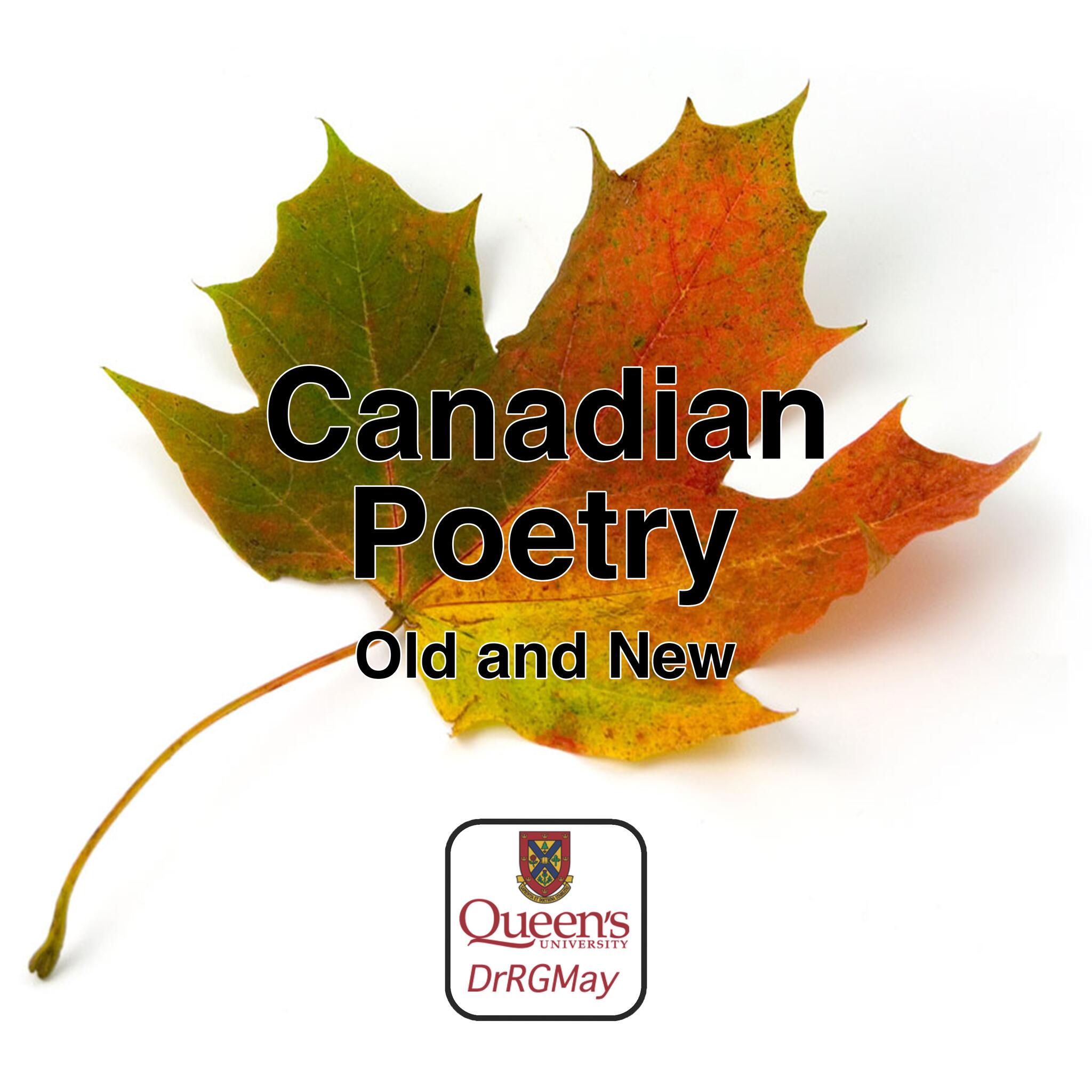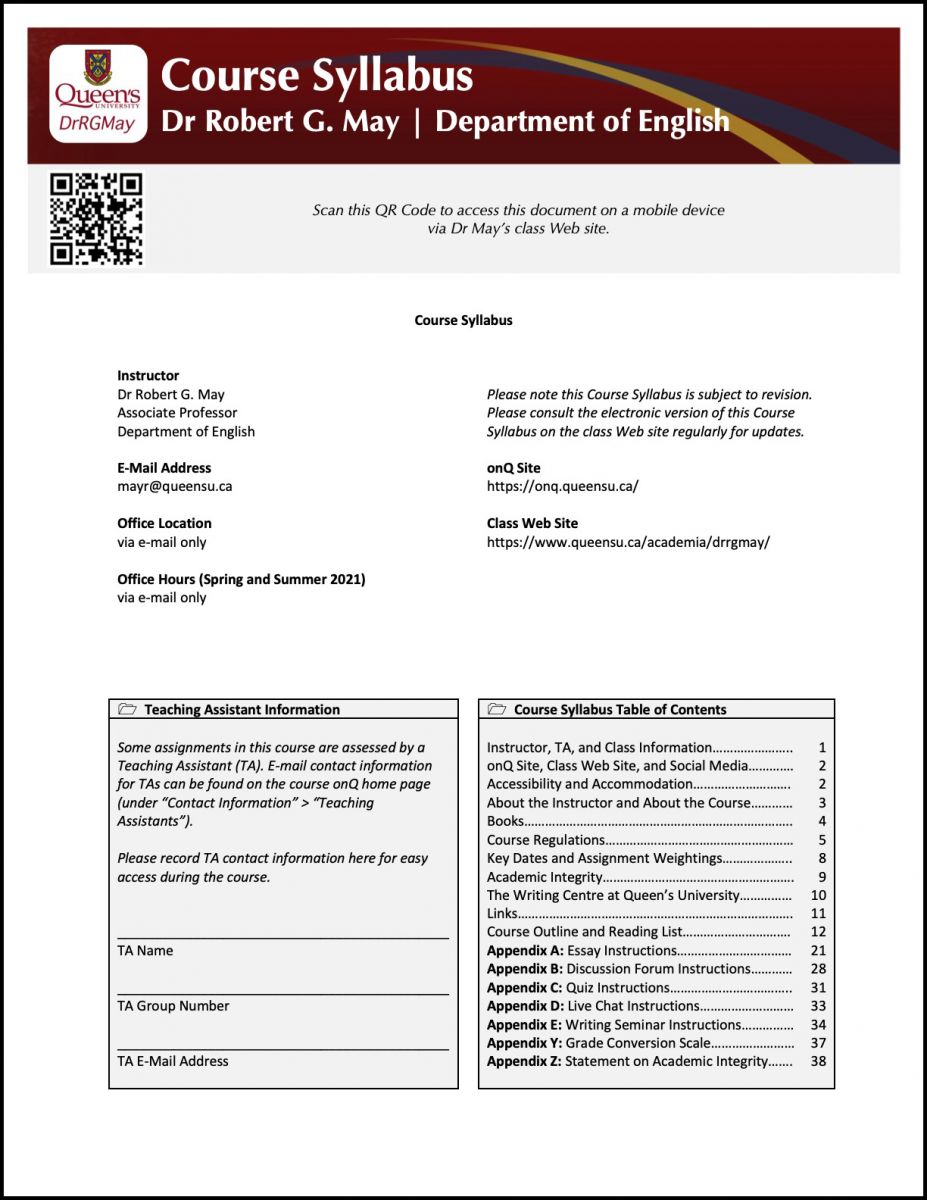
Issues and Themes in Canadian Literature I
Canadian Poetry Old and New
When Canadian poetry began in the nineteenth century, it was relatively sedate. Inspired by the British Romantic and Victorian poets, Confederation poetry (as we now call it) tended to focus on the rugged Canadian landscape, using traditional forms such as the sonnet, the ballad, and the ode, to express the wonder and beauty of nature. The Confederation poets captured the spirit of Canada’s rivers, lakes, hills, and fields with the same sensitivity as Wordsworth extolled the splendours of the English Lake District and Shelley celebrated the awe-inspiring sublimity of the French Alps.
But then, something exciting happened. By the turn of the twentieth century, Canadian poetry experienced an explosion in technique and subject matter. Influenced by British and American Modernists such as T.S. Eliot, Ezra Pound, W.B. Yeats, William Carlos Williams, and others, Modernist Canadian poetry shifted into high gear, using techniques such as Imagism, free verse, parody, and satire to give voice to what it meant to be a Canadian in a time of economic and cultural expansion. Canadian poets became less interested in writing serene landscape poetry and started grappling with realities such as the Great Depression, the Second World War, American cultural hegemony, and the Prime Ministers’ latest gaffes.
This radical expansion in Canadian poetry’s form and subject matter continues to this day. Contemporary Canadian poets such as John Barton, Gregory Scofield, and Marilyn Dumont continue to push the boundaries of what Canadian poetry can be, using sound poetry, concrete poetry, code switching, and other cutting-edge techniques to express the excitement and uncertainty of living in a global nation at the beginning of the twenty-first century. BIPOC poets, women poets, and LGBTQ+ poets are finding their rightful places in and adding their distinctive voices to the rich and diverse Canadian poetic tapestry.
This course presents a survey of Canadian poetry old and new, from its Romantic- and Victorian-inspired origins in the nineteenth century, to the Modernist explosion in the twentieth century, to the radical possibilities of the twenty-first century. Students will read and analyse a broad range of poets from all three periods—Confederation poetry, Modernist poetry, and contemporary poetry—to witness the evolution of Canadian poetry from sedate landscape verse to profound explorations of the contemporary Canadian cultural and political scene.
Lecture Hours
Tuesdays, 10.00 a.m. ET - 11.30 a.m. ET
Thursdays, 8.30 a.m. ET - 10.00 a.m. ET
Lecture Location
Room 217, Dupuis Hall
Course Syllabus
Download the printer-friendly version of the Course Syllabus in .pdf by clicking on the thumbnail below. Be sure to download the correct Course Syllabus. This Course Syllabus is for the Winter 2025 on-campus version of ENGL 284.

